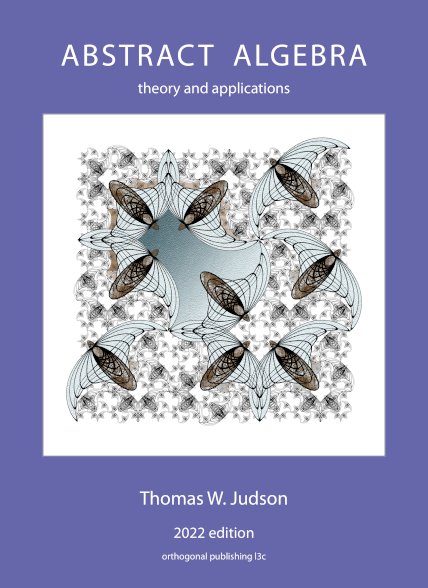Section 10.2 The Simplicity of the Alternating Group
Of special interest are groups with no nontrivial normal subgroups. Such groups are called simple groups. Of course, we already have a whole class of examples of simple groups,
Proof.
To show that the
Lemma 10.9.
Proof.
We will first show that
Now suppose that
Lemma 10.10.
Proof.
Let
If
is in
is also in
Now suppose that
Then
since
So
So
Suppose
So
The only remaining possible case is a disjoint product of the form
where
is in
Since
and
Therefore,
Theorem 10.11.
Proof.
Let
Subsection Historical Note
One of the foremost problems of group theory has been to classify all simple finite groups. This problem is over a century old and has been solved only in the last few decades of the twentieth century. In a sense, finite simple groups are the building blocks of all finite groups. The first nonabelian simple groups to be discovered were the alternating groups. Galois was the first to prove that

